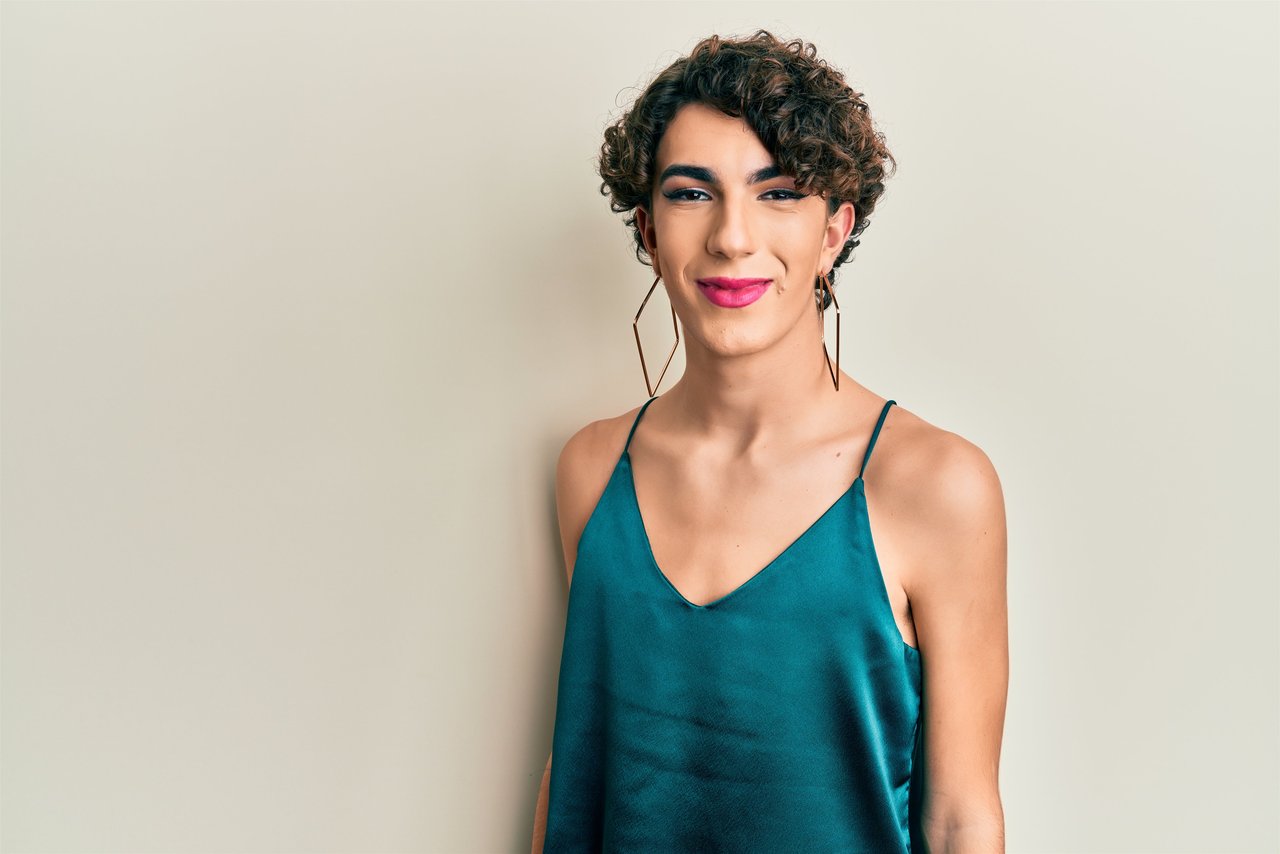The Origins of Queer and Its Journey Through Historical Context
The story behind the meaning of queer is long and complicated. The word queer originally appeared in English centuries ago, meaning “strange” or “peculiar.” This innocuous start soon evolved, especially during the late 19th and early 20th centuries. As perceptions of sexuality narrowed under stricter Victorian codes and social pressure, queer took on a disparaging tone. It became a slur used against those who did not fit conventional sexual or gender expectations, marking anyone outside the emerging “norm” as an outcast. That’s the harsh legacy many carried—one rooted deep in a history where any deviation from heteronormativity was condemned. Over time, queer shifted from simply odd to being a loaded term targeting homosexual men, then eventually absorbed into a broader critique of difference under the shadow of criminalization and discrimination. Social attitudes locked the word to shame. Yet, from this starting point, queer also planted the seeds for something more. In the shadows of exclusion and resistance, the notion of queer began its slow movement from insult to umbrella—a transformation that would follow centuries of activism, shifting identity labels, and a community’s fight to define itself on its own terms.
Queer History—From Derision to Activism and Cultural Impact
The arc of queer history is built on pivotal turning points—each a response to the struggle for dignity. When the word first turned pejorative, it was weaponized to exclude and victimize. But the mid-20th century saw the winds begin to shift. The Stonewall Riots of 1969 in New York marked a cultural earthquake, becoming a rallying cry for LGBTQ+ resistance and demanding recognition. Queer people, often hidden in the margins, fought back against discrimination. Out of those moments, activists began weaving queer identity into broader movements for civil rights and personal liberation. This activism was a revolt against being unnamed, erased, or reduced to a negative stereotype. Through community organization, direct protest, and the formation of support networks, the narrative surrounding queerness began to change. Over decades, “queer” found new meaning through scholarly work, art, and voices in the community who refused invisibility. The influence of such milestones is visible in today’s cultural landscape, where the term is often used with pride. The cycle from pejorative to political symbol reflects how reclaiming language can catalyze real transformation—for individuals and for society at large. Today, the journey is far from over. Yet every struggle and victory sits side-by-side in queer history, anchoring where we stand now.
Reclaiming Queer—A Story of Community, Strength, and Evolution
The reclaiming of queer proves that language doesn’t stay still. By the 1980s and 90s, activists within the LGBTQ community had begun to embrace the slur as a badge of self-definition, using it as a tool against shame and marginalization. Some did this through rallying cries like “We’re here, we’re queer, get used to it!” Every use was a deliberate act of reclamation—a way to neutralize hate by transforming it into solidarity. More than just erasing the wound, reclaiming queer became about broadening community boundaries. The term opened new spaces for people whose orientations or identities didn’t fit existing categories or felt stifled by labels like lesbian, gay, or bisexual. It became a powerful self-identifier available for anyone resisting limitations. The process was uneven, and controversy never vanished. But through zines, protests, scholarship, and open conversations, queer moved from insult to umbrella—capable of capturing a rainbow spectrum of experience. Today, as a reclaimed word, queer stands for both survival and growth. It’s proof that what was once used to hurt can evolve to unite.
Queer Identity—Empowerment, Fluidity, and Personal Meaning Today
Queer identity today sidesteps rigid definition. For many, calling themselves queer means honoring sexual and gender diversity without needing to fit inside a specific box. The value is flexibility—a space for anyone who feels outside the confines of “normal” or resists the idea that identity has to be fixed, binary, or universal. For some, queer means being uninterested in traditional labels; for others, it’s about finding empowerment or community outside heteronormativity. It can embrace nonbinary people, asexual and aromantic folks, gender-fluid identities, unconventional relationship structures, and all forms of personal evolution. The magic is that the term’s openness lets individuals choose it, reject it, or redefine it as often as needed. What underlies it all is agency—the right to say who you are, how you love, and what community means to you. The power to self-name amid a society that often tries to do it for you is both radical and deeply personal. Queer remains a living word because it grows with the people who claim it.

